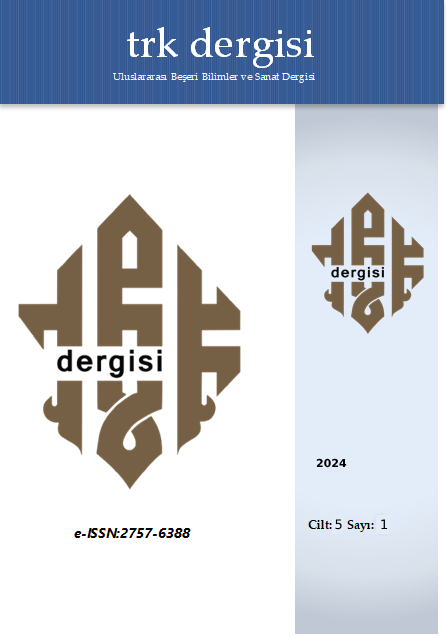GRAMMATICAL AND MEANINGAL SIMILARITIES AND DIFFERENCES OF THE LAXEMA "MOTHER (ANA)" IN LANGUAGES OF THE WORLD
DOI:
https://doi.org/10.5281/zenodo.12637820Keywords:
«Archsyllable», «Receipt», World Languages, "Mother (ana)" Lexeme,, SemanticsAbstract
Intercultural contact between languages and even the similarity of certain linguistic figures and specific linguistic facts in world languages, which are recognized as completely unrelated to each other, is a direction that arouses the constant interest of corresponding scientists around the world and is often criticized. analysis. By conducting comparative studies in linguistics, getting acquainted with the culture of each people, we have an excellent opportunity to identify lexical and grammatical similarities between languages, as well as at what level and among which individuals there are differences.
We considered it appropriate to dwell on the lexeme “mother (ana)”, which aroused the interest of world correspondent scientists, with the help of an archilog (recipe), which has its roots in ancient times and collects both grammatical and lexical meaning. Receipt theory is a new topic that is still unfamiliar to most correspondent scholars. A big innovation in linguistics was the determination that our language forms, which are still considered root words that cannot be divided and divided further, can be divided further. However, we had the opportunity to analyze the linguistic-historical changes in the lexeme “mother (ana)” since ancient times, guided by the work “Modern Kazakh Language” by Professor B. Sagindykuly, who studied this issue for more than fifty years and made a fundamental analysis of Kazakh scientists.
During the analysis, we also noticed when such phenomena as stress and elision were formed and stabilized in the languages of the Turkic peoples. Our research in this direction immediately noticed that both the root and the person of the linguistic personality “mother (ana)” are similar in the languages of the world. However, due to the geographical, economic and linguistic characteristics of each people, over time it changed to the forms *nana-mama-ama-eme-ana-anna-enne-ene-ine.
Downloads
Published
How to Cite
Issue
Section
License
Copyright (c) 2024 trk dergisi

This work is licensed under a Creative Commons Attribution 4.0 International License.





